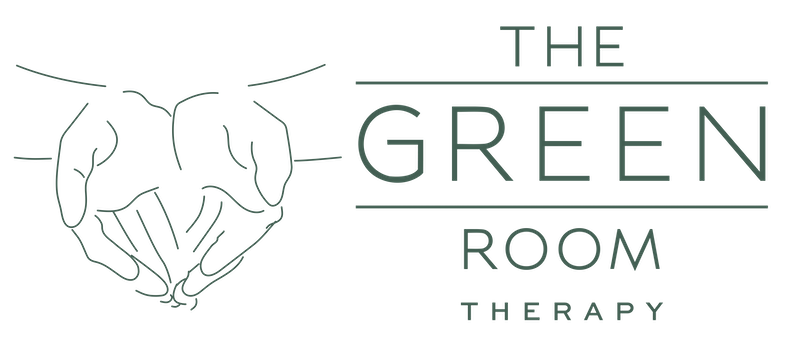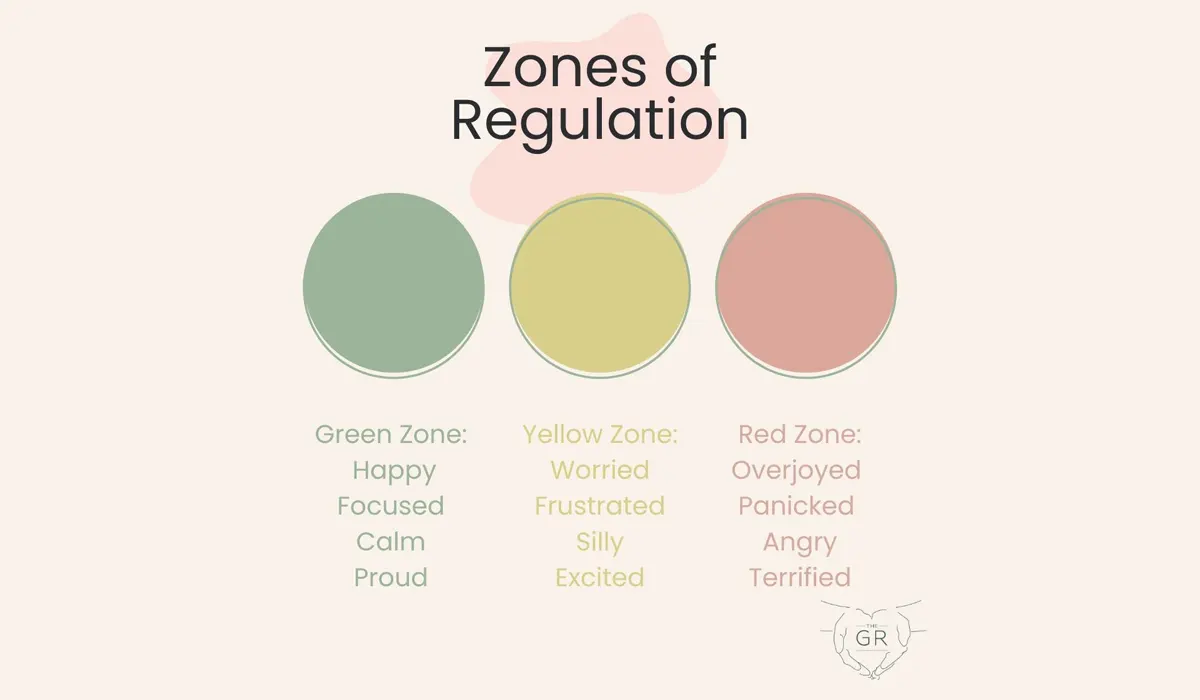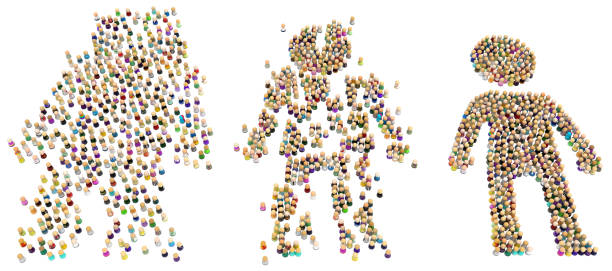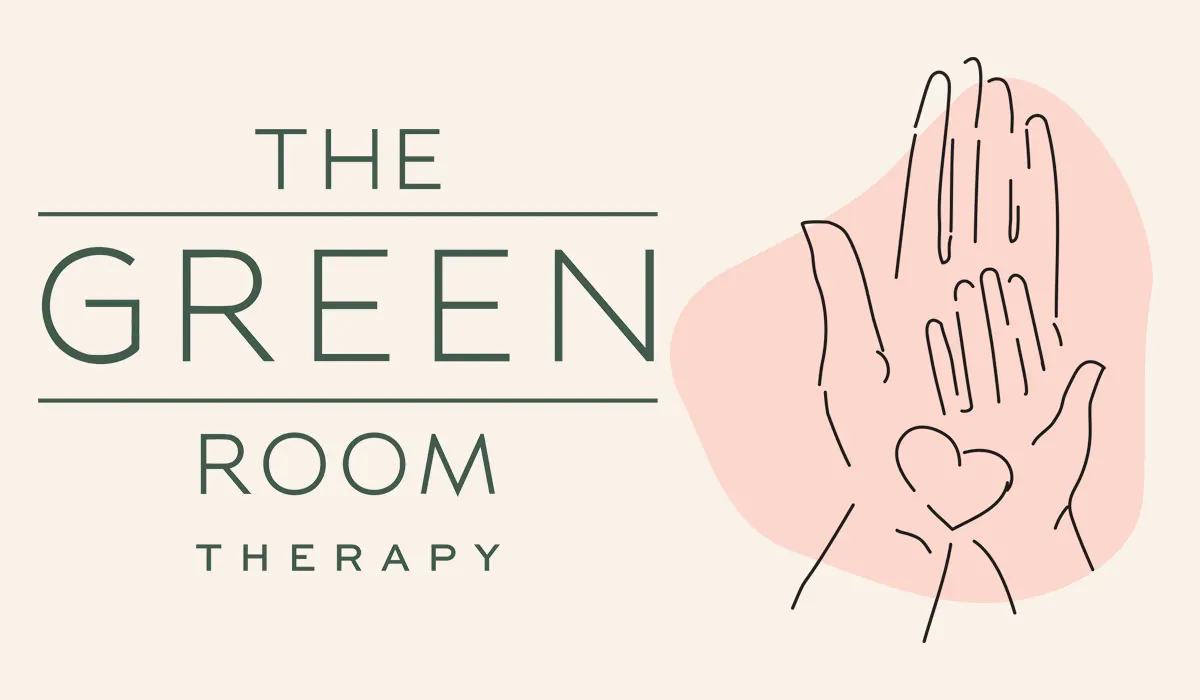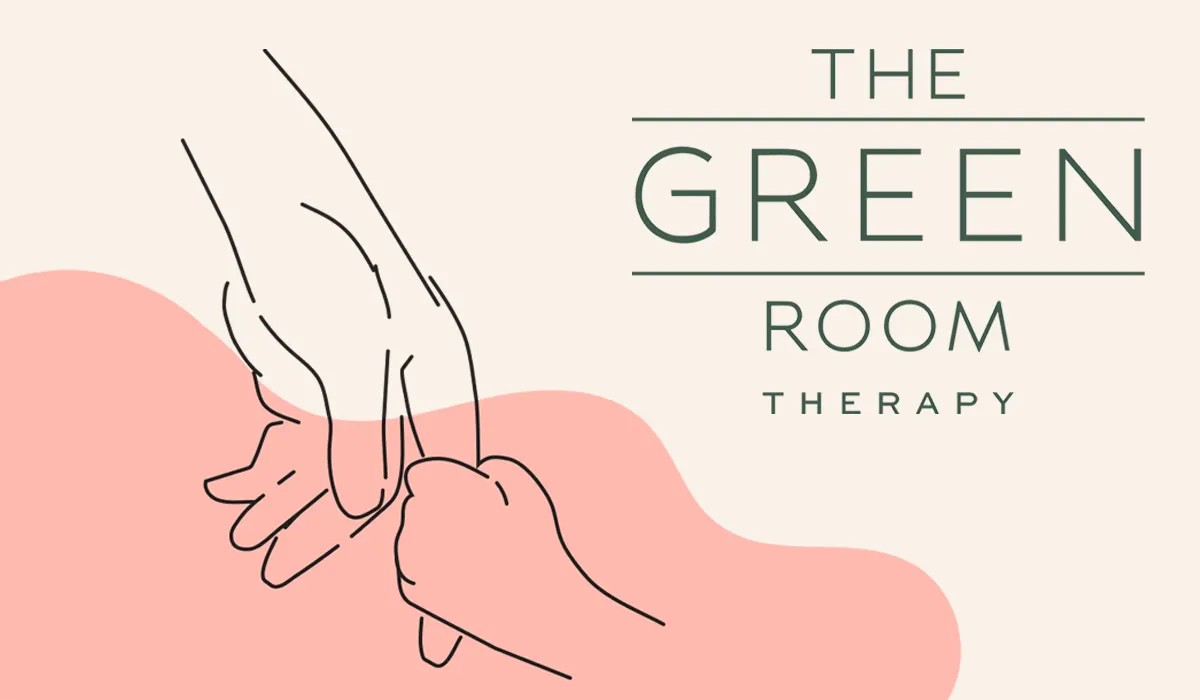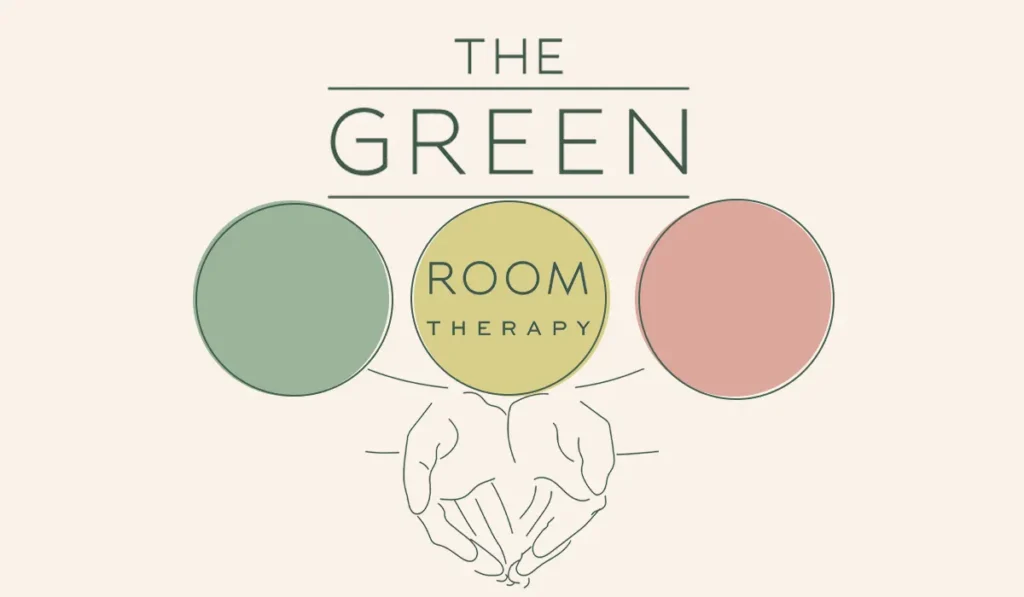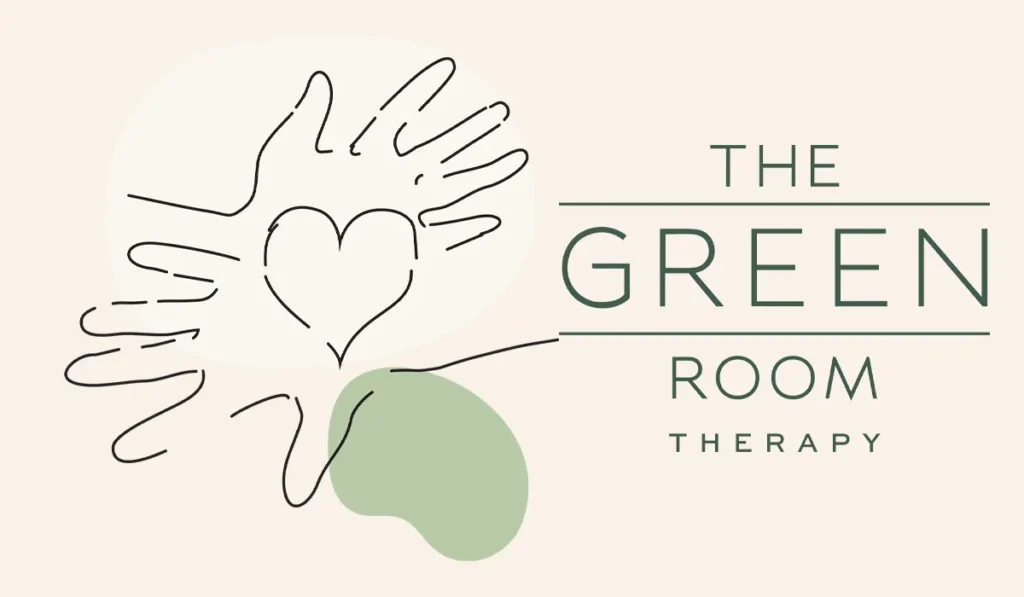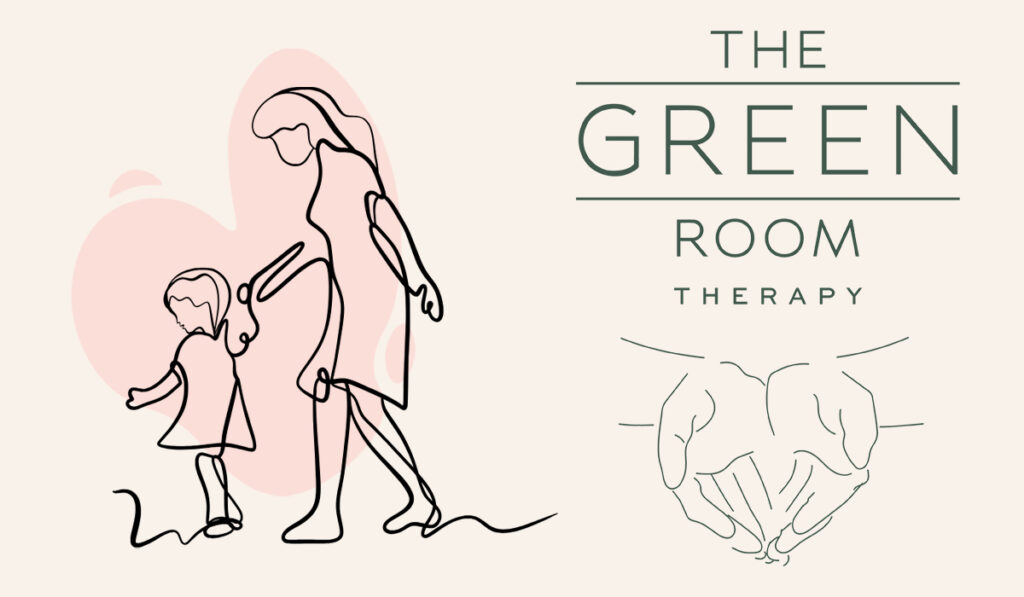Part of being a “feelings doctor” to children and families requires me to get creative and be flexible when supporting the expression of feelings. So many parents tell me that they would like their children to say what they are feeling instead of crying, hitting, or melting down. This is not so simple. It is not necessarily in their repertoire to know how to identify and express their feelings so clearly. We need them to first understand what is happening to them and what might be the triggers for their feelings, then they have to access the language to express those feelings. The concept of disregulation is tough to explain to children but it is possible. I’d like to share with you how I explain it so they can learn how to attach words to their feelings and to effectively express to you what is sending them into a state of disregulation.
I am here to tell you that children don’t always know how they are feeling nor do they know the best way to express those feelings. Developmentally, it’s a lot to ask them to be skilled at this communication. Most of the time, children express themselves with behavior, not verbal language. We have to understand their developmental capacity to adjust our expectations. A much younger child does not have the language to express themselves well. An older child may have the words but can become overloaded with their emotion making accessing those words extremely difficult. Quite honestly, adults too can become flooded with feelings and may not be able to regulate enough to express themselves calmly and clearly with other adults or with their children.
The Zones of Regulation, by Leah Kuypers, is a fabulous reference for families to use as a means to communicate their feelings. I have adjusted the use slightly for my purposes in the psychotherapeutic context but I recommend you check out the website to learn more about their product (www.thezonesofregulation.com). The reason I love this method is because The Zones of Regulation use colors to define states of emotion. Children as young as one and two years old know their colors. Even if children this young cannot quite express their feelings, parents can start to train them to understand their feelings through the use of colors.
How I explain the Zones of Regulation to children:
The four colors in the Zones of Regulation include Blue, Green, Yellow and Red. I only use the Green, Yellow, and Red colors to define emotion categories when I do therapy with children. When disregulation is a factor regarding challenging behavior, I rarely refer to the Blue color.
The Blue:
Blue refers to low mood, sadness or depression, low energy when ill, or when bored. While this zone is relevant to psychotherapy in general as it defines a sad or low mood, for our purposes in understanding emotional disregulation and ensuing behaviors typical in children under 10 years old, I do not use the Blue Zone.
The Green:
Typically, when I work with children, a lot of the session is relaxed and comfortable so they can trust me in order to receive my help. My goal is to keep them regulated when we address more difficult topics, such as big feelings. When teaching the colors, I describe Green to them when they are chill, playing with the toys in my office. I point out that they are expressing calmness with their body language. They sit comfortably, their muscles are relaxed and they talk freely, often with smiles on their faces. This is the Green.
The Yellow:
The Yellow is more arbitrary, which is a tougher concept for children. They think more concretely so describing a Yellow feeling might be challenging. However, once we identify it for them by matching a behavior with the color, they start to grasp what a Yellow feeling looks like and feels like. I often use examples I am experiencing in the moment, such as, I’m feeling hungry and my tummy is grumbling. I let them know that I still feel calm enough but I’m uncomfortable because I’m hungry, that means I’m in the Yellow. Another example is when I describe that my leg is sore because I’m sitting on it a funny way and that puts me a bit in the Yellow because my body is not comfortable. During our interactions together, I narrate for them when it appears as though they are in the Yellow, perhaps when they are losing at a game or when they are upset at having to discuss an incident at home.
The Red:
What’s interesting about the Red is that most people associate Red Zone with anger. It’s an easy connection because it’s common for us to say, “I’m in the Red!” when we are red-hot and angry. However, any out of control behavior or irrational feeling can be considered in the Red Zone. So often I hear parents describe feeling upset or frustrated when their children are unable to listen while they are being extra silly. Sometimes parents will say that bath time is a disaster. It starts off fun, playing in the bath, but then ends with the children running around naked, refusing to settle down and get on their PJs. Then, bedtime after bath brings massive meltdowns all around.
This kind of disregulation is a Red Zone kind. Although the children seem like they are having fun, they cannot control their emotions or their bodies, inside and out. Because of this, it’s super difficult for them to settle down in order to hear you or your direction. Instead of becoming angry with them for not respecting you, consider their state of mind. They want to listen to you, they don’t want to experience your anger, they just cannot stop because they don’t know how.
How to help your child move out of the Red or Yellow:
Any time any of us are in the Red, the priority is to re-regulate. If someone is yelling at us or trying to get us to listen to reason, we most likely won’t be able to. Children are no exception. Their developing brain is more simple than ours. They don’t always realize what is happening to them. Their brain floods with emotion and they cannot discern rational from irrational. At this moment, self-soothing or re-regulating is the course of action. Making them listen or issuing a consequence is ineffective at this moment.
If possible, the removal of an audience or reducing any interaction with you is preferable to help them start the re-regulating process. Encourage your child to find their “calm-down” space so they can take the time to bring themselves back to a state of calm or into the Green Zone. This is NOT a Time Out. They do not need to be placed there nor be required to stay for a certain period of time. We don’t want them to feel as though calming down is a punishment. We want them to learn about their emotions and how to manage them through the use of self-soothing or re-regulating activities.
The calm-down space is a safe and desired space in which children work toward self-soothing.
Some examples include:
- physical containment by getting a hug
- hiding under the covers
- squeezing into a closet or tight or cozy space
- hugging a pillow or bean bag chair
- holding a lovey or stuffy
- rocking
- bouncing (a ball or themselves on a ball)
- Note. Some kids tell me they would like to color or read but, when someone is that disregulated and in the Red, they would have to engage in an activity that would calm their emotional brain, not one that requires their higher order thinking brain.
Ideally, when we get good at identifying the emotions attached to the colors, we can most often anticipate what might trigger our children. If we can do that, we can narrate our observations of their behavior or preempt their meltdown by identifying their mood. I like to encourage children and their parents to identify when they are in the Yellow before they get to the Red. In the Yellow, we can still listen to reason and make a choice to either change the direction of our activity and calm ourselves back to the Green or go to our calm-down space to bring ourselves back to the Green. Parents can also direct us to take a break and pause the activity so the disregulation does not grow.
When I play a board game with children, for example, sometimes losing that game or the excitement or anxiety around the game can elicit Yellow or even Red feelings. When I see or hear reactions to the game that sound a little “Yellow”, I will pause the game at my turn and ask if the child needs a moment to breathe or count to 10. Most times they say they don’t need to do that but then I will join with their emotion and let them know that I need a moment because I am feeling upset that I might lose the game. Children typically respect that and will wait. I then invite them in a breathing exercise so we can do it together, thus modeling how to pause at Yellow and use coping mechanisms to return to the Green. I model this for parents as well and ask that they do the same when they are playing with their children at home. The more proficient a child is at identifying when they are in the Green, Yellow, or Red, the better they will be at regulating their emotions at the relevant times.
In one of my videos, I encourage parents to keep going with their new interventions even if it doesn’t feel like it is working. I really mean this. It takes a while for a new behavior to solidify. Initially, children are open to the idea of the colors but when parents start to use them or identify when the child is experiencing Yellow or Red, children can actively reject the idea. They do not want to hear nor acknowledge that they are in the Red. It’s like holding a mirror up to someone making them very aware of their out of control behavior. Who wants to know that? But, we do want them to know so they understand their feelings and how they affect them. If we persist, it will become natural to hear and they will start using the colors to define their moods as well.
In summary, I recommend teaching your children to pair their emotional states with colors so that they can lean how to name their emotions. Remember that a benefit to this strategy is that children begin to understand their emotions and their physical reactions to their emotions. They aren’t born with this ability, just like they aren’t born knowing how to speak. We have to teach them. Maybe it will take effort and time but the outcome will be very rewarding. It will increase your children’s emotional vocabulary and awareness and give them the tools to communicate verbally to you how they felt in the moment instead of using physical communication like hitting, screaming or melting down.
